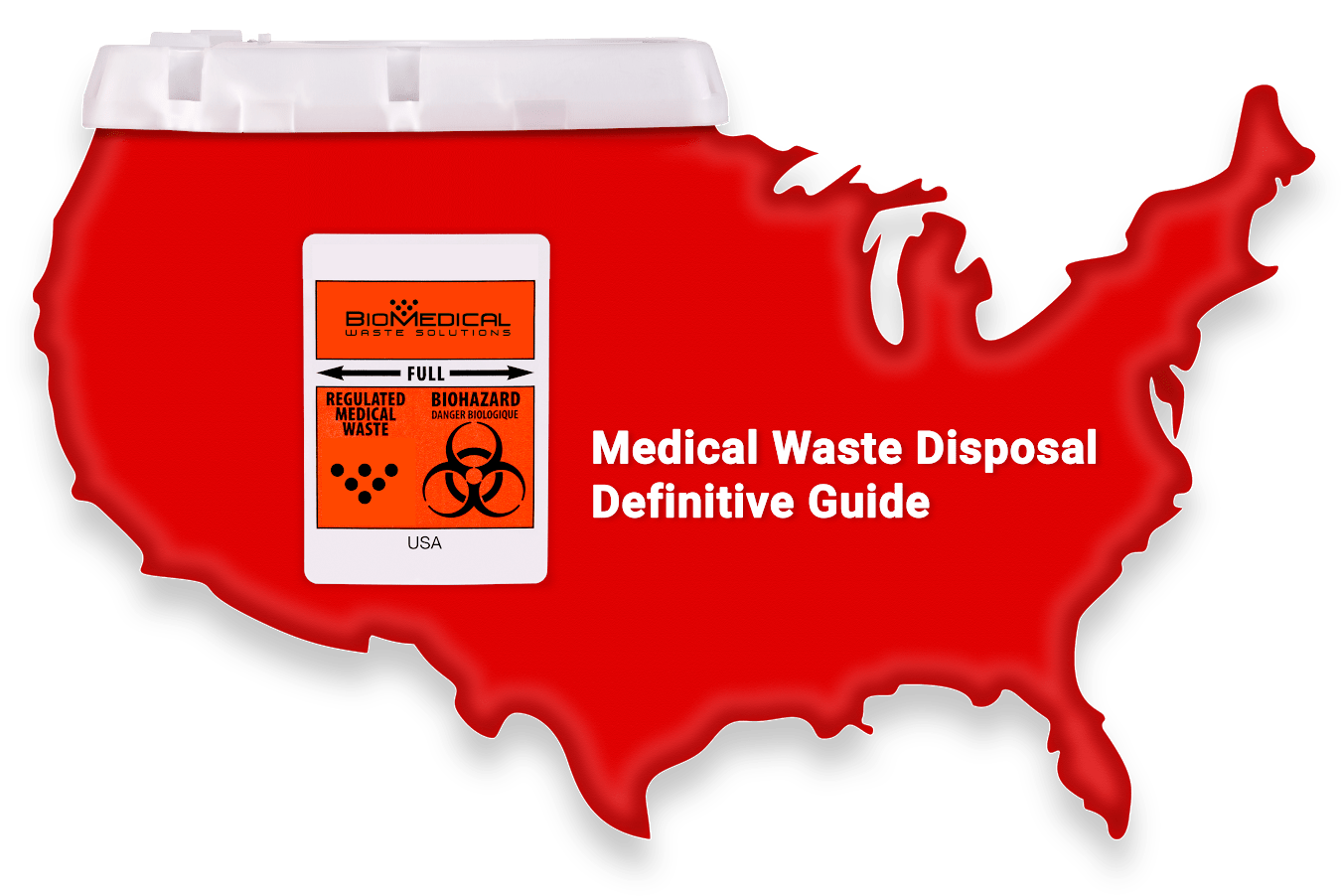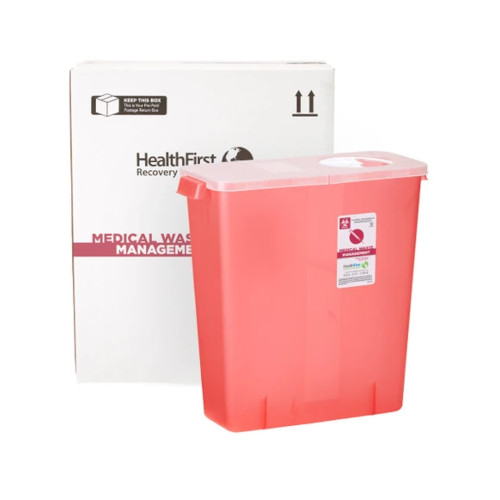Medical Waste Removal Quality: Your Trusted Partner in Safe Biohazard Disposal
Medical Waste Removal Quality: Your Trusted Partner in Safe Biohazard Disposal
Blog Article
Discovering Different Garbage Disposal Options for a Cleaner Atmosphere
In the pursuit of a cleaner atmosphere, the monitoring of waste disposal has actually arised as an important prime focus for lasting growth. With a plethora of waste disposal options available, varying from standard land fill techniques to cutting-edge waste-to-energy innovations, the selection of exactly how we handle our waste has far-reaching ramifications for our world's health. By analyzing the various methods and strategies utilized in reusing, composting, incineration, land fill monitoring, and waste-to-energy processes, a much deeper understanding of their effects and efficiency can be acquired. The mission for optimum garbage disposal methods that prioritize ecological preservation while satisfying the demands of an expanding population remains a pushing issue in today's world.
Recycling Methods
Applying reliable recycling techniques is essential in reducing waste and advertising sustainability in our setting. Reusing includes the procedure of converting waste products right into recyclable things to prevent unnecessary disposal.
One more crucial recycling approach is composting, which includes decaying organic waste like food scraps and backyard trimmings right into nutrient-rich soil. This process not just draws away natural waste from landfills however also creates a useful resource for horticulture and agriculture. Furthermore, upcycling is a creative recycling approach that entails changing old or disposed of products into items of higher quality or value. By integrating these numerous reusing methods into our waste management methods, we can significantly reduce our environmental footprint and move in the direction of an extra sustainable future.

Composting Techniques
Effective waste management techniques, such as recycling techniques, lead the method for a cleaner atmosphere, and now, shifting the focus to 'Composting Techniques', we check out lasting ways to disintegrate natural waste for environmental benefit. medical waste disposal.
Composting is an all-natural process that changes natural waste, like food scraps and yard trimmings, into a nutrient-rich soil change. The secret to successful composting depends on creating the ideal balance of environment-friendly materials, such as vegetables and fruit scraps, and brown products, like dried leaves and branches. These products decay with the assistance of microbes, damaging down the waste into useful garden compost.
Traditional yard composting involves layering organic materials in a container or heap and frequently turning the blend to aerate it. By using composting strategies, we can reduce the quantity of waste sent out to landfills while developing a helpful item for improving dirt and supporting plant development.
Incineration Cons and pros
Incineration, as a garbage disposal technique, provides both benefits and disadvantages that merit cautious consideration in the world of sustainable waste administration practices. On the positive side, incineration can significantly decrease the volume of waste, decreasing the need for garbage dump room and potentially reducing greenhouse gas exhausts. Incineration additionally permits for the healing of energy via the generation of electrical power or heat, contributing to resource recovery. Furthermore, the process can be utilized to ruin unsafe materials, offering a secure technique for taking care of particular types of waste that might posture dangers to public health and wellness and the setting if left untreated.
In addition, the high first financial investment and operational prices of incineration facilities present financial challenges, making it a much less cost-effective choice contrasted to various other waste administration methods. Cautious surveillance and regulation are important to minimize these adverse effects and take full advantage of the benefits of incineration as part of a thorough waste management method.
Landfill Management Techniques
Garbage dumps play an important function in waste administration and environmental conservation by giving a control system for the disposal of solid waste products. Reliable garbage dump administration methods are vital to mitigate ecological influences and make sure the lasting sustainability of these garbage disposal sites. One vital approach appertains waste compaction to take full advantage of making use of readily available space within the garbage dump (click here). By compacting the waste, the quantity is minimized, permitting for more waste to be accommodated with time.
Furthermore, the implementation of daily cover practices is essential in lessening odors, protecting useful source against trash, and decreasing the attraction of parasites. Treatment the disposed waste at the end of each day helps to have smells and avoid possible ecological contamination. Furthermore, the tracking of landfill gas exhausts and leachate levels is crucial in making certain that environmental standards are fulfilled and that any kind of prospective risks to bordering environments are lessened.

Waste-to-Energy Technologies
Among the ingenious methods to waste monitoring includes harnessing Waste-to-Energy modern technologies to transform solid waste into functional power resources. Waste-to-Energy (WtE) modern technologies encompass a range of procedures that intend to draw out power from waste products via thermal, chemical, or organic methods. This conversion procedure not only decreases the volume of waste that ends up in land fills but additionally generates useful energy resources such as electrical energy, warmth, or biofuels.
There are a number of approaches of Waste-to-Energy conversion, consisting of gasification, pyrolysis, and incineration. Incineration includes burning waste at heats to generate warmth and electrical energy. Gasification converts waste into a syngas, which can be made use of for power generation or chemical manufacturing. Pyrolysis breaks down natural materials using high temperature levels in the absence of oxygen, producing bio-oil, char, and gas.
Implementing Waste-to-Energy modern technologies can help mitigate environmental issues connected with conventional garbage disposal methods while simultaneously supplying a renewable resource source. However, cautious factor to consider should be provided to emissions control and guaranteeing the sustainability of feedstock supplies for these innovations to be absolutely useful for a cleaner setting.
.jpg)
Final Thought
Finally, discovering various waste disposal alternatives such as reusing, composting, incineration, land fill management, and waste-to-energy technologies is vital for promoting a cleaner environment - click here. Each technique has its own benefits and obstacles, but by using a combination of these strategies, we can work towards decreasing the amount of waste that ends up in landfills and eventually add to an extra lasting future for generations ahead
With a multitude of waste disposal choices offered, varying from typical land fill methods to innovative waste-to-energy technologies, the selection of just how we manage our waste has far-ranging effects for our earth's health. medical waste disposal.Incineration, as a waste disposal method, presents both advantages and disadvantages that warrant mindful factor to consider in the world of lasting waste monitoring techniques.Land fills play an essential role in waste monitoring and environmental conservation by offering a containment system for the disposal of strong waste products. By condensing the waste, the quantity is minimized, allowing for more waste to be accommodated over time
One of the innovative approaches to waste administration includes using Waste-to-Energy innovations to convert strong waste right into functional power resources.
Report this page